A major exhibition on Buddhism at the British Library (25 October 2019 – 23 February 2020) focused on Buddhist manuscripts and early printed works, and how they helped to spread Buddhism across Asia and beyond. During the curation process, an unexpected number of manuscript textiles came to light. These are textiles that are used to wrap around manuscripts to protect them from damage and dust, but also textiles that contain information about manuscripts, bags for the storage and transport of manuscripts and textiles attached to manuscripts. Often the textiles are custom-made for one particular manuscript, and in this case these cloths could be made from valuable hand-woven silk brocades, colourful printed cotton or imported materials like chintz and damask. Specially designed textiles were commissioned to add meritorious value to a manuscript or an entire set of manuscripts. However, sometimes discarded textiles like clothing, complete or partial wall hangings or leftover pieces of cloths made for other purposes were used to create manuscript textiles. This practice goes back to the historical Buddha himself who encouraged his disciples and followers to “recycle” material resources by reusing and repurposing them; for example, discarded pieces of clothing were dyed and sewn together as robes for Buddhist monks and nuns.

Three-part tubeskirt (Lao: pha sin) that was repurposed as a wrapper for a small collection of palm leaf bundles containing Buddhist texts in Pali language in Dhamma script. Laos or North Thailand, 19th century (manuscripts) and Laos, mid-20th century (wrapper). © British Library, Or 16886
Buddhist manuscript textiles can be found across Asia, and the artistic creativity in designing and repurposing textiles for the use with manuscripts is truly amazing. In South and Southeast Asia one can find a great variety of manuscript wrappers and bags. The manuscript wrapper (Lao: pha ho khamphi) from northern Laos shown above is made from a repurposed tube-skirt that consists of three parts: a colourful decorative hem-piece with a geometric pattern made in supplementary weft, a main body part dyed in red and purple tones and woven in Ikat technique with woven-in metal strands, and a simple striped waistband at the top. Manuscript wrappers could get very dusty or even mouldy over time and had to be replaced frequently. Therefore, the manuscript(s) found with such wrappers are often much older than the textile itself, like in this case.

Traditional two-pedal loom used for weaving the intricate and colourful Lao textile designs. The pattern is “programmed” in form of bamboo rods that are attached to the yarns of the warp. Lao Textile Museum, Vientiane, Laos, 2019. Photograph by Jana Igunma

Geometric pattern in pink and purple tones on the hem piece of a hand-woven tube-skirt from northern Laos that was repurposed as a wrapper for seven palm leaf bundles containing Jatakas and other Buddhist texts. Laos, 20th century. © British Library, Or 15895
Textiles of high value were sometimes specially commissioned for particularly important Buddhist manuscripts, or for manuscript sets containing the entire Pali canon. George Cœdès who was director of the National Library of Thailand (formerly Vajiranana National Library) from 1918-29, wrote that “It was an old custom in Siam for fine cloths formerly used as garments but worn out, or belonging to deceased persons, to be presented to the priests for use as wrappings for their manuscripts. A considerable number of the manuscripts in the National Library are wrapped in old and beautiful cloths of every description; some delicately embroidered, some made of Indian or Siamese brocade, and others of a special kind of cotton, printed in India with Siamese designs.” (1924, p.17) The latter refers to chintz imported from the Coromandel Coast region in India.

Silk wrapper brocaded with metal thread and a red coloured cotton backing belonging to a royal set of palm leaf bundles containing the Yōjana paṭhama samantapāsādika, a sub-commentary by the 15th-century scholar Nanakitti in Pali language in Khmer script. Thailand (manuscripts) and India (cloth), 19th century. British Library, © Or 5107

Detail of a hand-woven purple coloured silk wrapper brocaded with metal-wrapped thread to create a plant or leaf pattern. India, 19th century. © British Library, Or 5107
The silk brocade wrapper (above) is thought to have been commissioned and designed by an unnamed Thai queen in the nineteenth century. It is one of a set of wrappers, made in India in the Deccan style, to cover palm leaf manuscripts belonging to a Thai royal edition of scriptures of the Pali canon dating back to the reign of Rama III (1824-51), including commentaries and sub-commentaries.

Palm leaf manuscript, containing the Malalankara (Life of the Buddha), with a hand-woven binding tape and a wrapper made from imported printed cotton. Burma, 1883. © British Library, Or 16673
Printed cotton textiles imported from India were frequently used to make wrappers for manuscripts in Burma. A thicker piece of hand-woven Burmese cotton cloth was usually added as a backing to the thinner Indian cotton with colourful printed patterns. The wrapper shown above consists of a printed piece of cotton with a pattern of foliage and butterflies in red and white tones. It is combined with a white layer of cotton at the back. This wrapper was custom-made for a palm leaf manuscript in five bundles containing the Malalankara vatthu, or Life of the Buddha. A hand-woven binding tape (Burmese: sazigyo) of 330 cm length contains a colophon giving details about the donation of this manuscript. The carefully woven-in text in Burmese characters is in white colour on red background.

Printed cotton wrapper for a manuscript containing the Sarasangaha in 13 bundles of palm leaves in Khmer script. India and Thailand, 19th century. © British Library, Or 1044
Following the Bowring Treaties (1855 and 1874), trade between British Burma and Thailand increased, and Indian cotton cloth was imported via Moulmein while at the same time traders of Indian origin frequented markets in Thailand. As a result, printed Indian cotton was frequently used to produce manuscript textiles in Thailand and subsequently in Laos and Cambodia as well.
The cotton wrapper shown above has two layers: the inner layer was made from a piece of Thai hand-woven cotton in plain red colour, and the outer layer consists of a piece of printed cotton with flowers on a blue background. A note in gilt letters on black lacquer on the manuscript states that the manuscript was given to R. C. Childers, a British Buddhist scholar, by the monk Waskaduwe Subhuti of Colombo.

Gilded and lacquered palm leaf manuscript of the Bhikkhu Pacit Atthakatha Path with a custom-made cotton wrapper with geometric designs and woven-in bamboo slats. Burma, 1856. © British Library, Or 16545
Boards made from wood or bamboo were frequently added to palm leaf manuscripts to protect them from damage, but also to increase the meritorious value with lavishly decorated boards. However, the majority of palm leaf manuscripts do not have wooden boards and are therefore at a higher risk of damage as they can get brittle or break when they are bent and handled frequently. To add stability to palm leaf bundles without wooden boards, they were stored in custom-made cotton wrappers that have woven-in bamboo slats. The variable width of the bamboo slats allowed the creation of colourful geometric patterns.

Two manuscript wrappers and a binding tape (sazigyo) made from Burmese cotton. Burma, 19th century. © British Library, Or 12010
The two manuscript wrappers (above) are made from Burmese cotton that was dyed with natural dyes. Red, blue, yellow, black and green were the most commonly used natural dyes. Red dye can be made from betel nut, sappan wood or the lacquer produced by the Coccus lacca insect (shellac); indigo leaves are used to make blue dye; tamarind leaves, mangosteen sap, turmeric and annatto seeds are used for yellow and orange dyes; black dye is made from ebony seed pods or pepper root; and green dye can be made by mixing blue and yellow dyes, or from pineapple leaves, wild almond bark or the myrobalan fruit and bark. Thin bamboo strips are woven into the cotton for stability. A binding tape, or sazigyo (left) is often tied around the manuscript with the wrapper.

To make indigo dye, indigo leaves are soaked in water for 24 hours, then fermented for several days with a mixture of quicklime, rice wine, citrus leaves and ash water from burnt coconut wood. Lao Textile Museum, Vientiane, Laos, 2019. Photograph by Jana Igunma
In addition to manuscript wrappers custom-made bags were used to store manuscripts in Thailand. These bags could be made from various materials like pieces of plain or printed cotton or Thai silk. Chintz that was imported from India was also used to make manuscript bags. The bag shown below was sewn using printed cotton with a red, brown and white floral design for the outer layer, and a handwoven Thai cotton inlay of cream-white colour. Its size is 87 cm x 45 cm to house a large palm leaf manuscript of at least 10-12 bundles.

Printed cotton bag made to fit a large palm leaf manuscript. India or Sri Lanka (fabric) and Thailand (inlay, cord and tassels), 19th century. © British Library, Or 15885
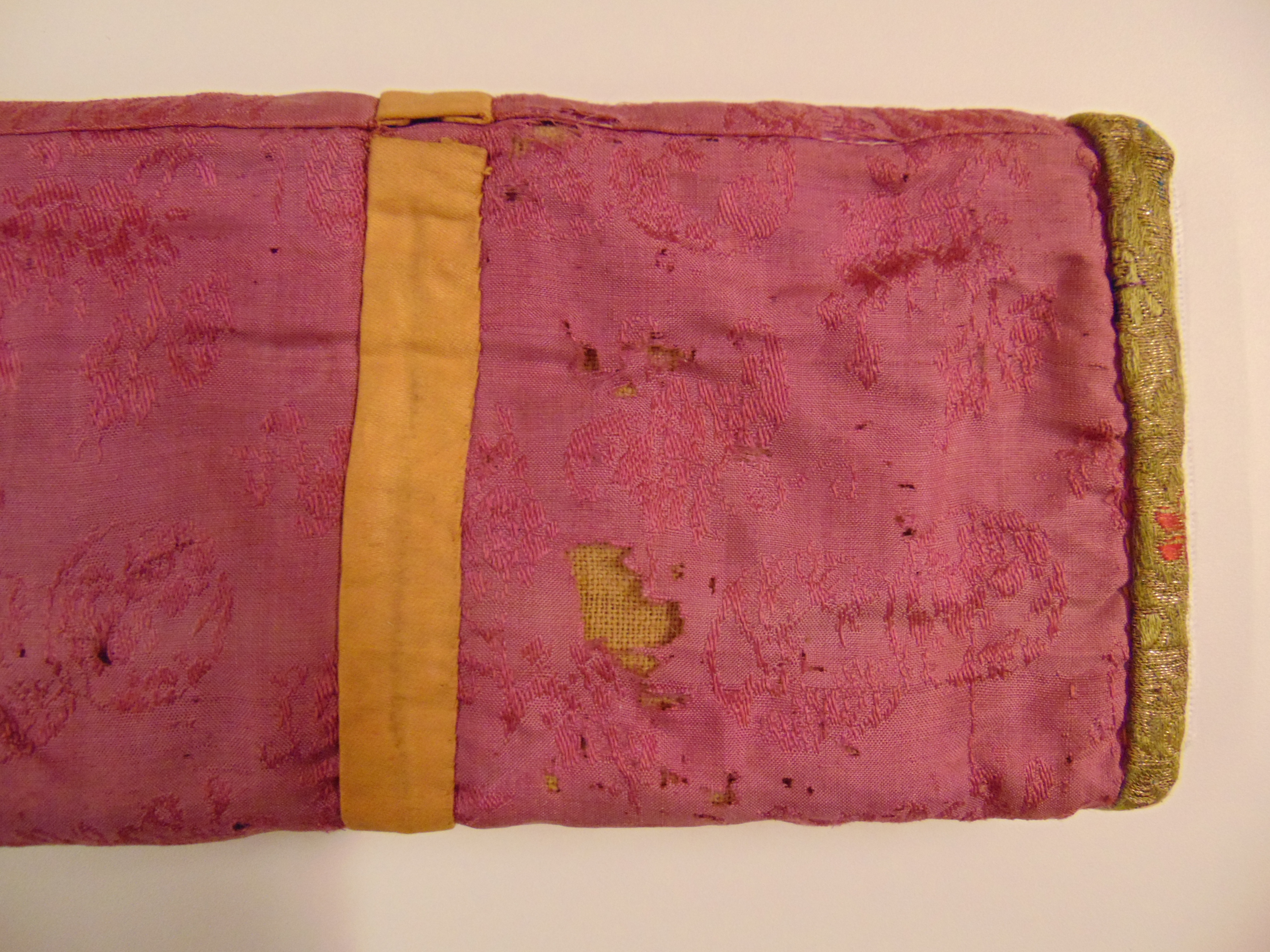
Detail of a silk bag with a silk brocade border and Thai saffron coloured cotton inlay, custom-made for a palm leaf manuscript. China (silk) and Thailand (inlay), 19th century. © British Library, Or 16926
Besides locally produced Thai silk, imported silk from China and India was used to produce bags to store palm leaf manuscripts. Shown above is a detail (opening) of a manuscript bag made from imported Chinese damask for the outer layer. The border of the opening is decorated with silk brocade, whereas the inlay is made from saffron coloured Thai cotton. This example shows why a tougher Thai cotton inlay was always added: silk deteriorates faster and, being a protein fibre, is a preferred and easy target for cloth-eating larvae of insects.

Scrolled bound paper book containing the Mahasupina Jataka, with indigo-dyed cotton cover and a cotton binding cord. Shan State, Burma, 1860. © British Library, Or 3494
One special type of manuscript is the scrolled or curled bound book in the Shan tradition. The Shan, an ethnic group living in the Shan State (Burma), southern China, Assam and Thailand, have a very rich manuscript tradition which includes palm leaf manuscripts, paper folding books and scrolled paper books. The latter could be made from long sheets of bamboo shoot paper (also called silk paper) or mulberry paper which were sewn together at the top. At the back mostly a cotton cover was sewn on which served as a cover when the book was scrolled up. The example above contains the Mahasupina Jataka, a Birth Tale of the Buddha, on 20 folios. The cover is made from indigo-dyed hand-woven cotton with an attached braided cotton cord in pink and white colours.

Scrolled bound paper book, half opened, containing a Buddhist text in Shan language, with a printed cotton cover and attached felt binding tape. Shan State, Burma, first half of the 20th century. © British Library, Or 15368. From Soren Egerod’s collection.
The manuscript shown above contains a text with the title ‘Tanasaksesasanathauktikha‘ in Shan script written on 59 folios which are bound together to form a scrolled book. The attached printed cotton cover has a red, green and blue coloured leaf pattern and plain white edges. On the inside is a white cotton inlay. Attached on the lower left corner is a green velvet binding tape to wrap around the scrolled manuscript.

Scrolled bound book containing a Buddhist commentary on the Paṭṭhāna section of the Abhidhamma, written in Shan language, with a cotton and silk cover and hand-woven binding tape. Shan State, Burma, 1800-1867. © British Library, Or 4858
Textiles imported from Europe were also used to make manuscript wrappers, bags or covers for scrolled books. The scrolled book above, made from bamboo shoot paper (silk paper), has a cream-coloured cotton wrapper (34 x 54 cm) with an industrially printed design of small cylinders, combined with a red silk damask border. Attached is a hand-woven binding tape made from red, black and yellow threads. A handwritten note on paper provides the following information: “A Shan translation of one of the books of the Belagat or Pali scriptures. It was obtained by Mr. Cushing, an American missionary of my acquaintance, in the Province of Theinnee some 28 years ago. J E Halliday, 16 January 1895”.
To see Buddhist manuscript textiles as well as textile artefacts and colourful paintings on silk visit the Buddhism exhibition at the British Library which will be open until 23 February 2020.
by Jana Igunma, Henry Ginsburg Curator for Thai, Lao and Cambodian Collections, British Library
Further reading
Ruth Barnes, Steven Cohen, Rosemary Crill, Trade, temple and court. Indian textiles from the Tapi collection (Mumbai: India Book House, 2002)
Eric Boudot and Chris Buckley, The roots of Asian weaving: The He Haiyan collection of textiles and and looms from Southwest China (Oxford; Philadelphia: Oxbow Books, 2015
Patricia Cheesman, Songsak Prangwatthanakun, Pha Lanna. Yuan, Lu, Lao – Lan Na textiles. Yuan, Lue, Lao (Bangkok: Amarin, 1987)
Patricia Cheesman Naenna, Costume and culture. Vanishing textiles of some of the Tai groups in Laos P.D.R. (Chiang Mai: Studio Naenna, 1990)
George Cœdès, The Vajirañāna National Library of Siam (Bangkok: Bangkok Times Press, 1924)
Susan Conway, Thai textiles (London: British Museum, 1992)
Jana Igunma and San San May (editors), Buddhism: Origins, traditions and contemporary life (London: British Library, 2019)
San San May and Jana Igunma, Buddhism illuminated: Manuscript art from Southeast Asia (London: British Library, 2018)
Shelagh Vainker, Chinese silk. A cultural history (London: British Museum, 2004)

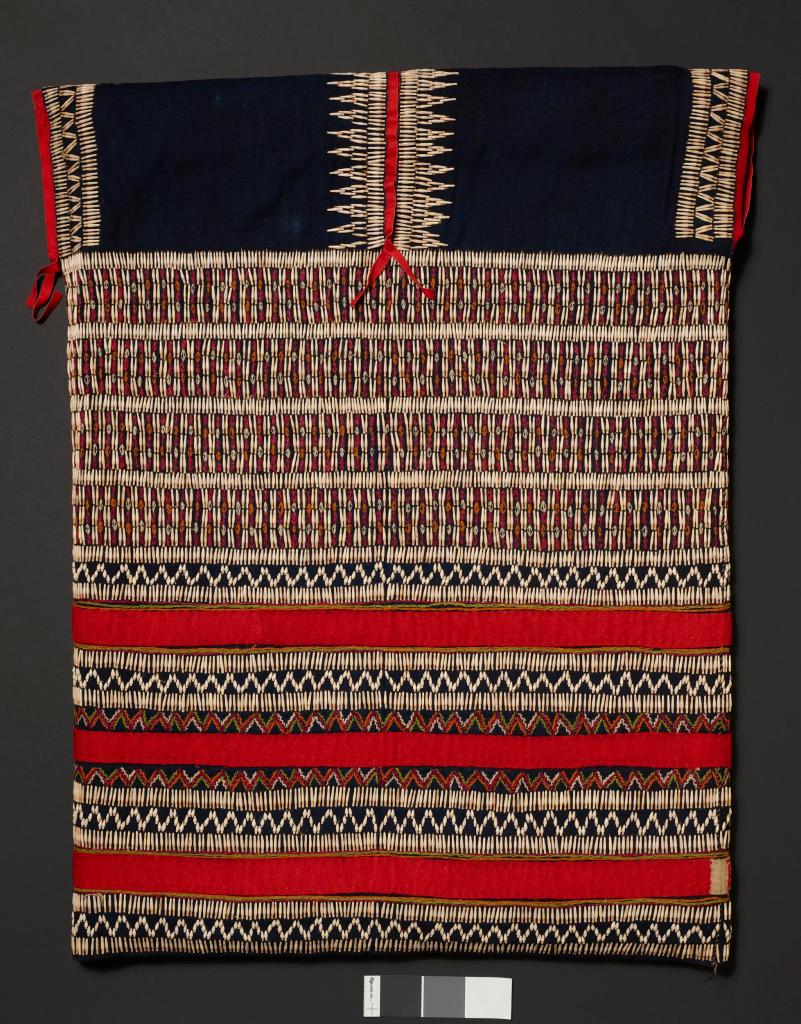
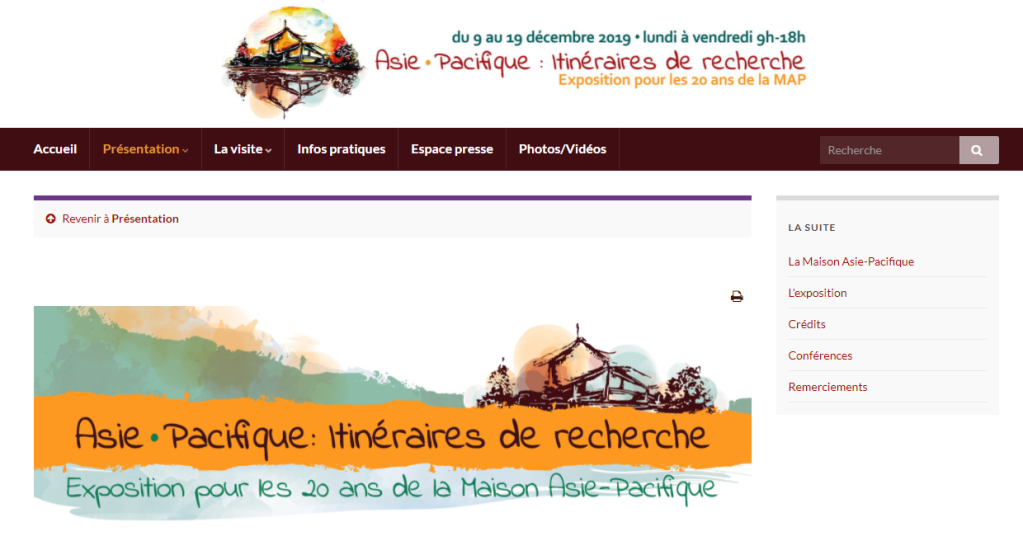



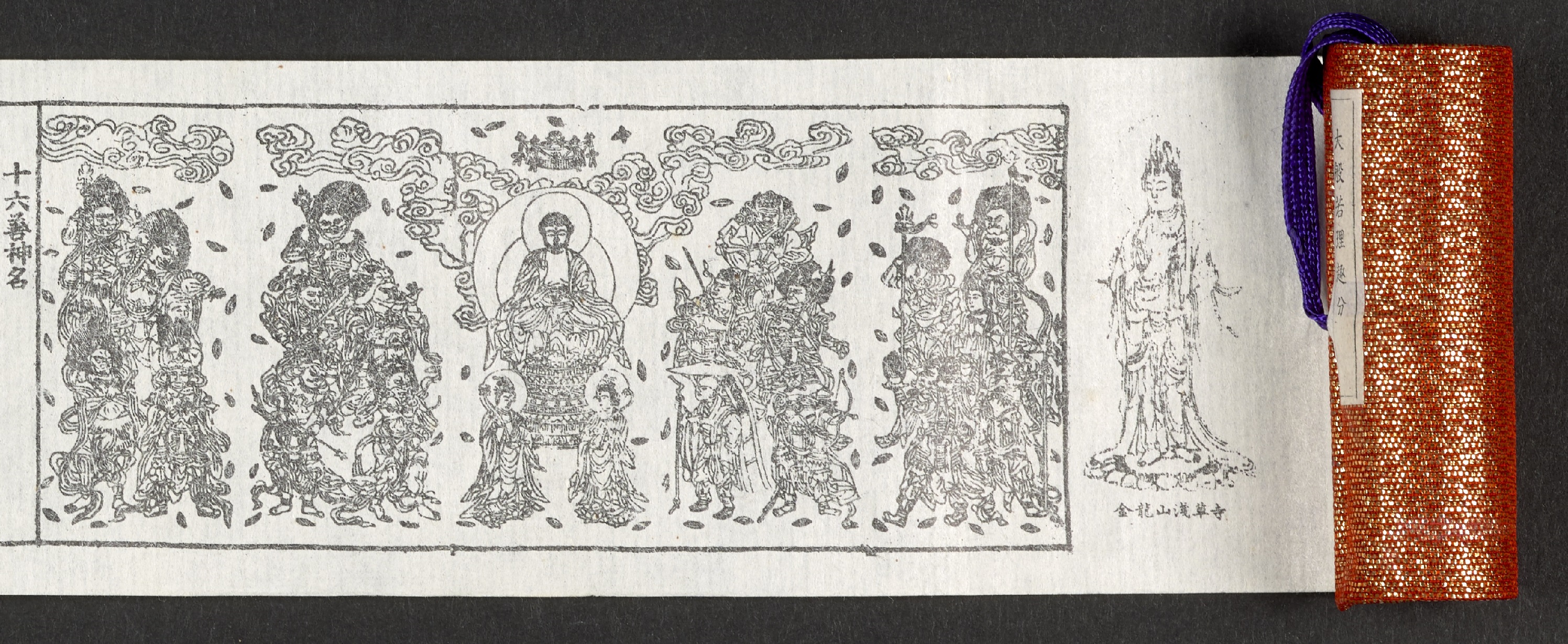






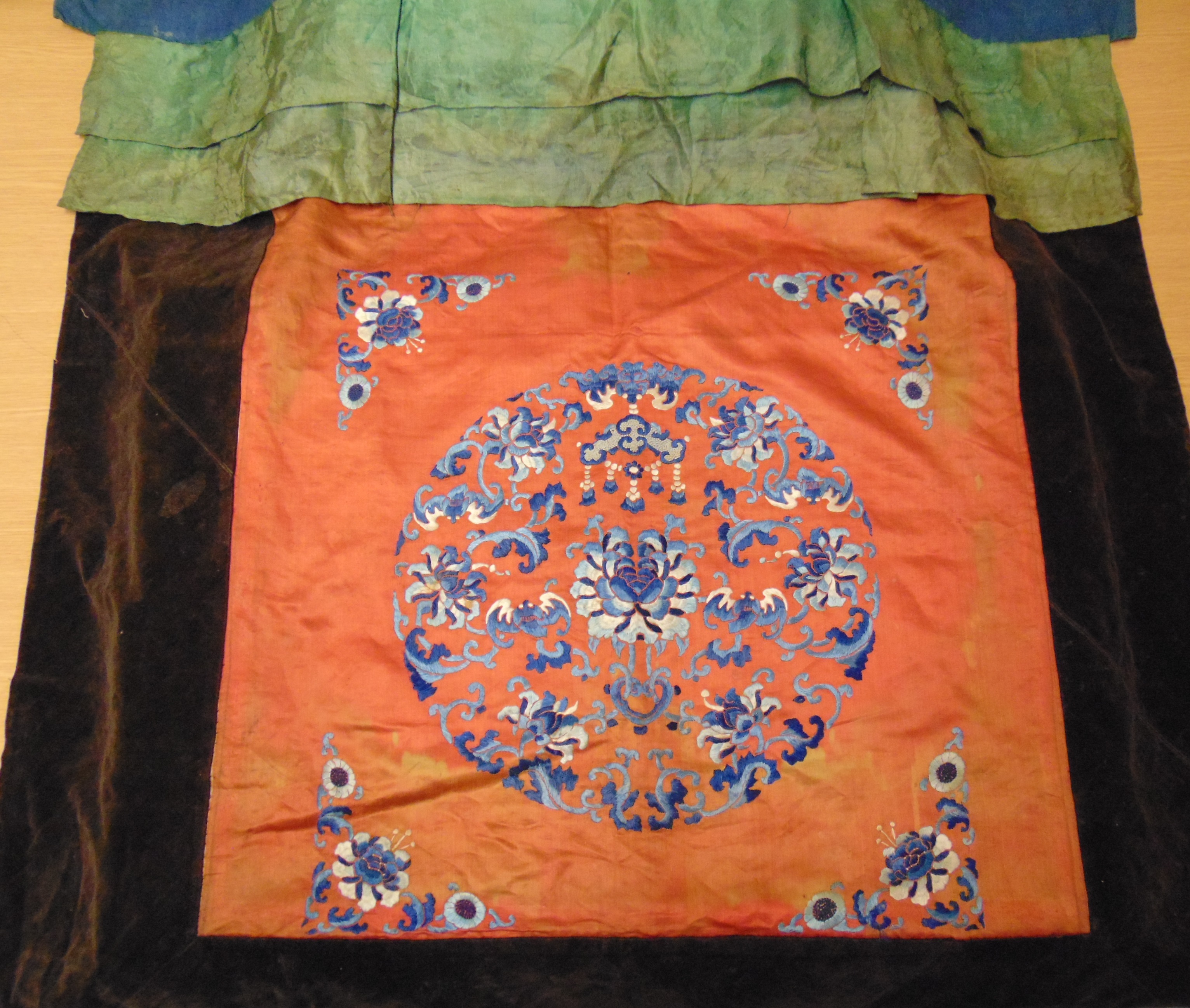




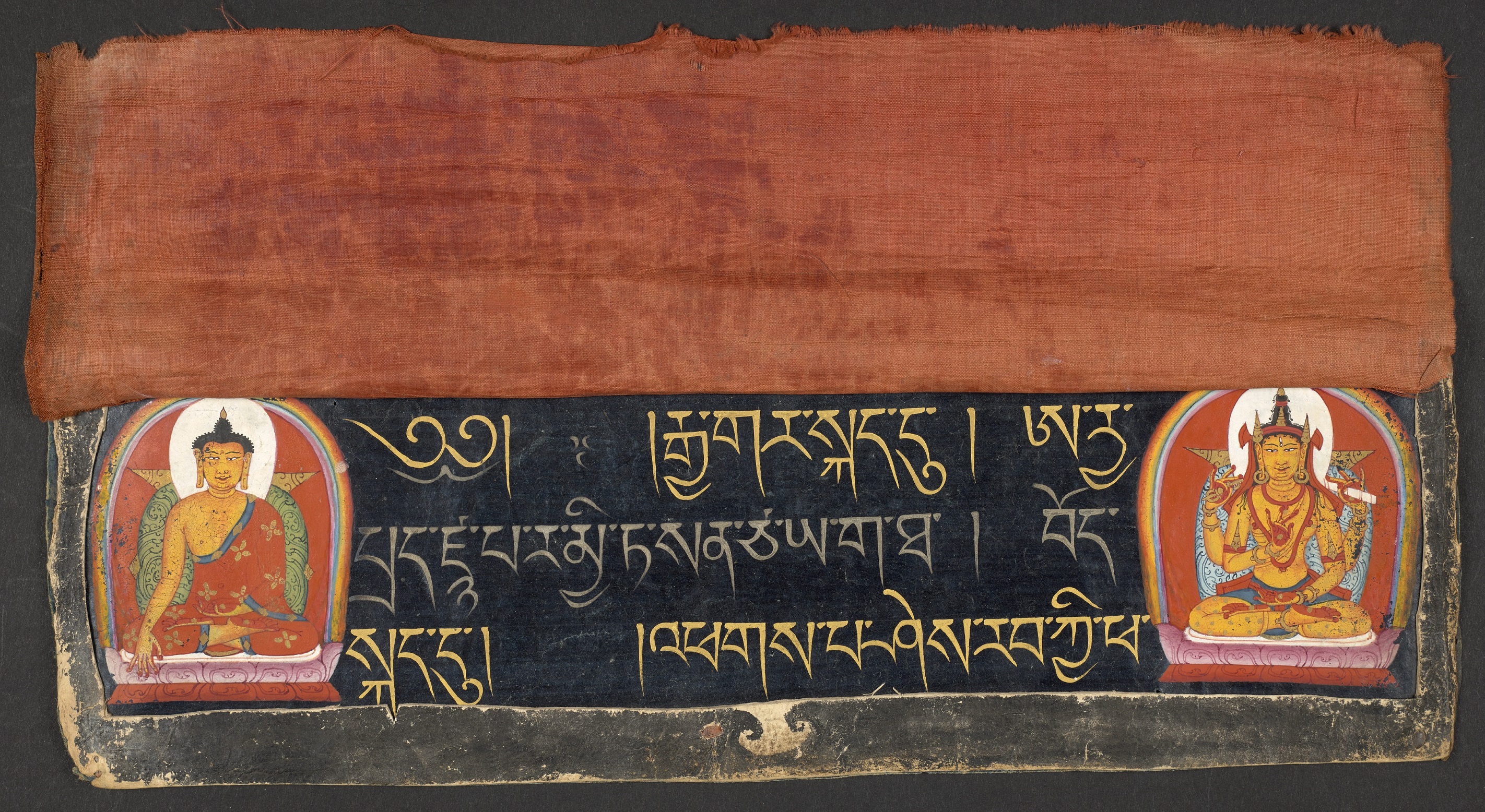
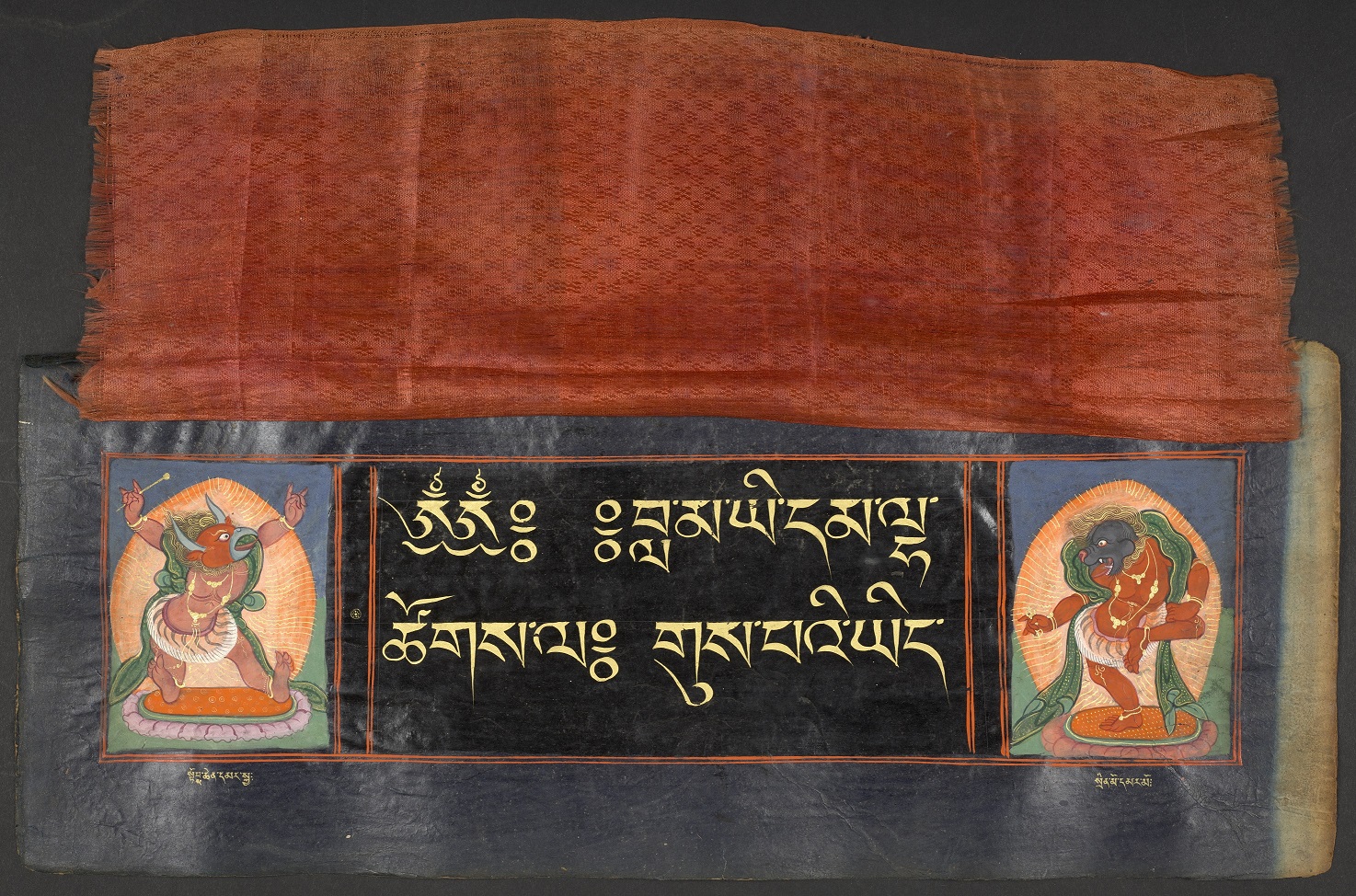
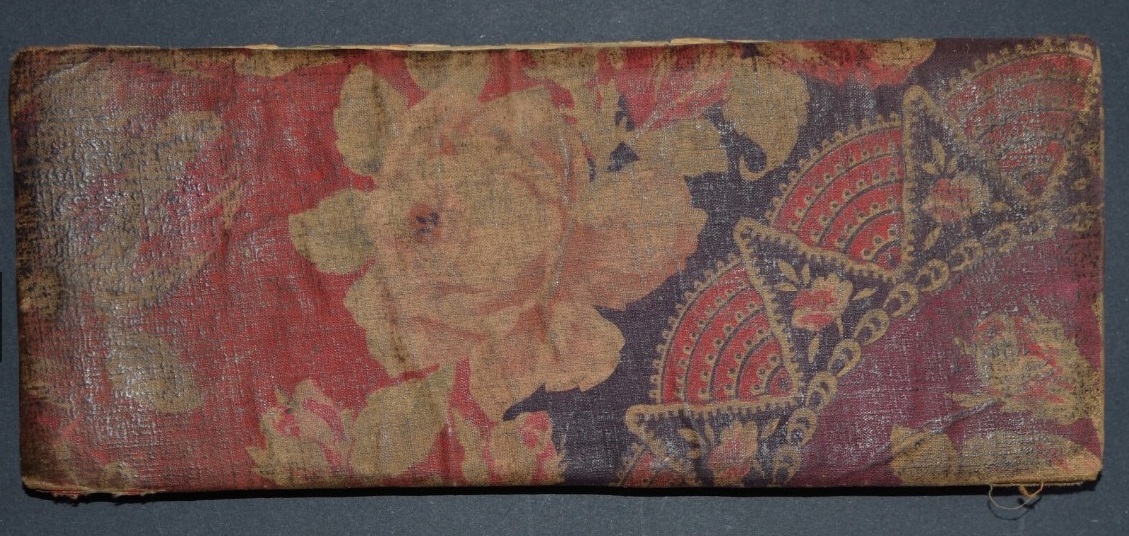

















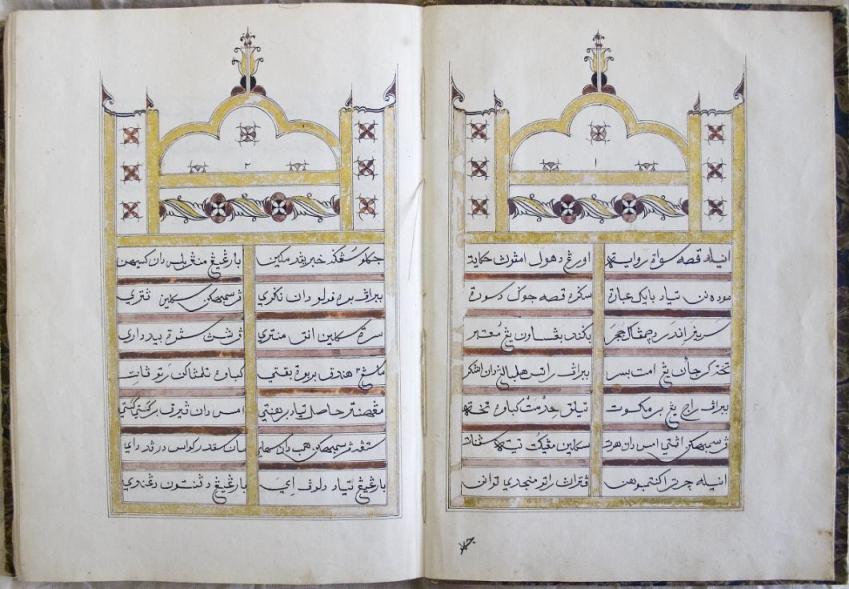
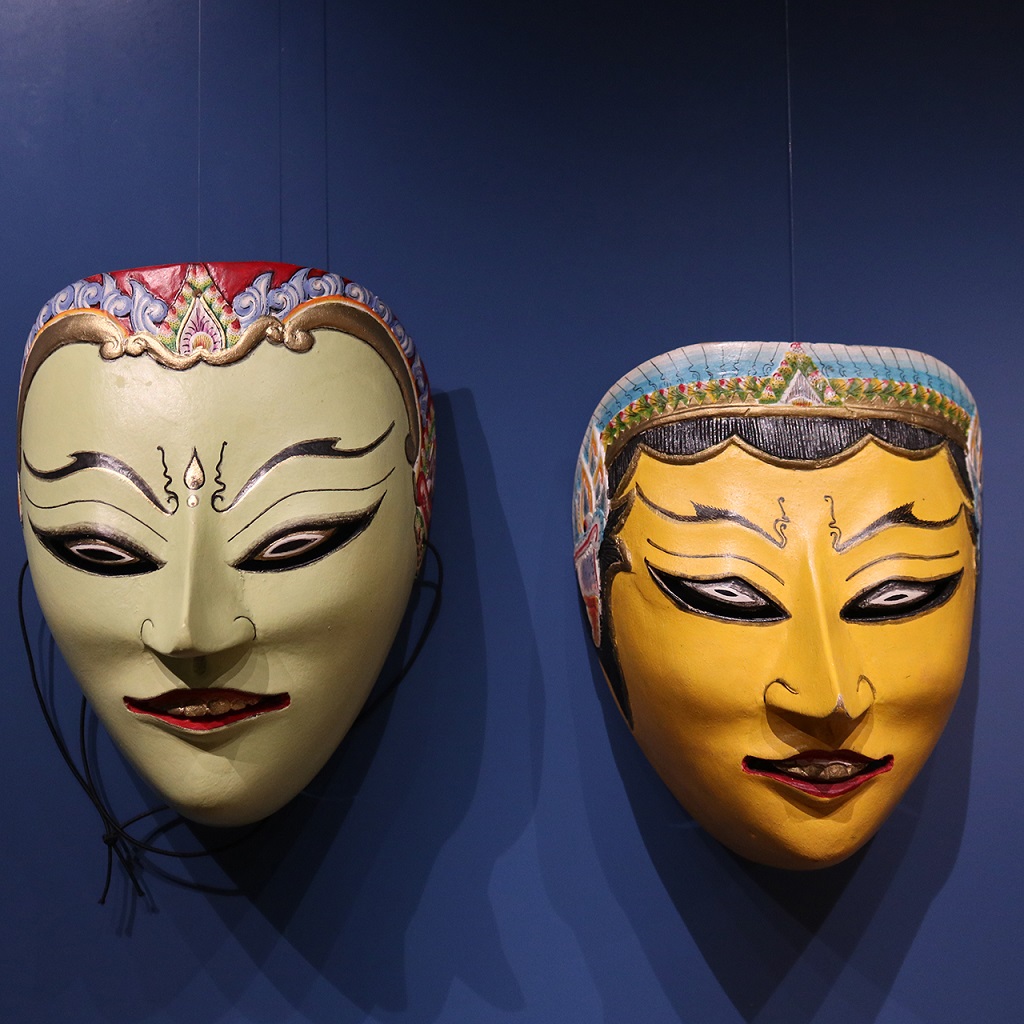






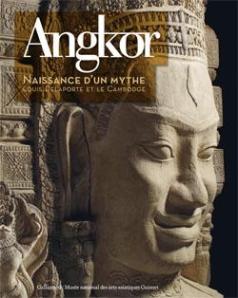
Recent Comments